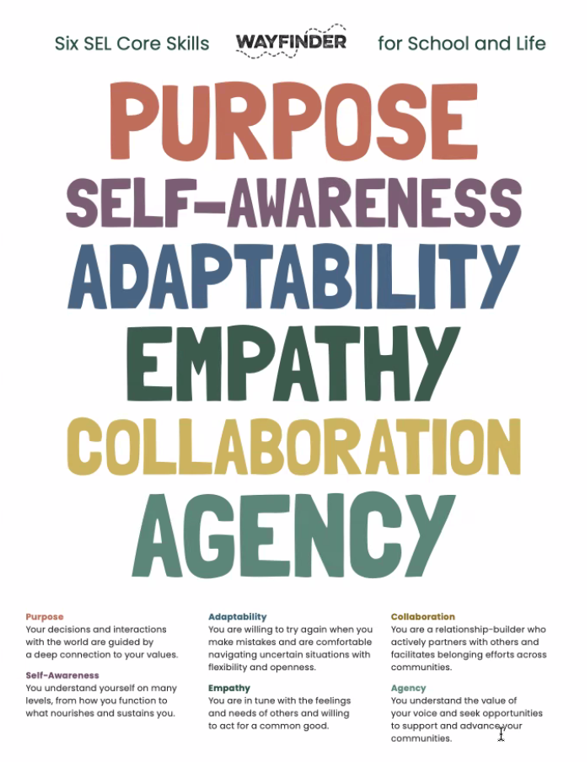A Guide to CRISPR-Cas9
The Origin of CRISPR
CRISPR (a.k.a clustered regularly interspaced short palindromic repeats) is a way of finding a specific bit of DNA inside a cell. While CRISPR has been around for millions of years, it was only first discovered in 1987 by Ishino from Osaka University in Japan. This discovery proved important to a scientific understanding of CRISPR as, soon after this discovery was made, Francisco Mojica from Spain correctly hypothesized that CRISPR is an adaptive immune system for bacteria. Thus, the Red Queen hypothesis emerged.
CRISPR and the Microbial Arms Race
In the microbial world, the Red Queen hypothesis depicts a war between bacteria and bacteriophages, viruses that attack bacteria. As bacteriophages inject their DNA into bacteria, the bacteria become a virus factory, producing viruses to the extent of bursting their own membrane. However, bacteria are prepared. If the bacteria survive, they will register the viral DNA, allowing CRISPR to kill off any future invaders. As a result of the adaptive nature of CRISPR, viruses also have to constantly evolve to be able to attack bacteria— a true microbial arms race.
How does CRISPR-Cas9 work?
CRISPR itself is a sequence, repeated in the genome and separated by other nucleotides, while Cas9 is a protein that creates RNA that matches the viral DNA. As a result, the CRISPR-Cas9 system can identify numerous invaders.
However, CRISPR-Cas9 may have broader applications. Over the past decade, after Jennifer Doudna and Emmanuelle Charpentier discovered this system, many studies have demonstrated that this system can be manipulated to edit any given gene. Indeed, instead of letting Cas9 take viral DNA from specific bacteriophages, we can give it any sequence to cut out.
However, CRISPR-Cas9 does not repair the DNA. A cell’s own system will repair the double-stranded cuts via two methods: NHEJ (non-homologous end-joining) and HDR (homology-directed repair). To understand these two methods, you can think of NHEJ as Legos and HDR as puzzle pieces. In NHEJ, each nucleotide represents a Lego. If a random group of nucleotides fits together, just like how random groups of Legos can stick, it can be used to fill the cut. However, this means a lot of genetic variation, so cells that need DNA repair prefer HDR. HDR is when a set of nucleotides is given from other areas in the DNA, so the DNA fixer copies the nucleotide order from the set to fill the cut.
I Don’t (Not) Want Sickle Cells
The technology has already shown promising results. In clinical cases of CRISPR-Cas9 where it treated sickle cell anemia, none of the 31 patients reported pain or negative side effects. However, in addition to clinical cases of preventing hereditary diseases, CRISPR-Cas9 has played a role in preventing non-hereditary diseases.
An example of CRISPR-Cas9’s use can be seen with malaria, a fatal disease caused by a certain type of mosquito that can lead to high fevers, shaking chills, and overall illness. While there are relatively fewer cases of malaria in the US compared to sub-Saharan Africa and South Asia, malaria remains a concern globally as long as one person is infected. In 2020, approximately 650,000 people died from malaria-related illnesses.
In areas where malaria is prevalent, CRISPR-Cas9 may be a way to prevent malaria from taking hold of the ill. While sickle cells, a common way of combating malaria, have been shown to prevent malaria from killing those infected, only a few have the choice to get sickle cell. Yes, blood and bone marrow transplants do exist, but only a few are eligible to be a donor or to receive these transplants. Blood type, age, health conditions, ethnicity, and genetic typing are just a few factors needed to consider. CRISPR-Cas9 changes all this by simply requiring a cell from the patient and editing it before giving the cell back.
CRISPR vs HIV-1
Human Immunodeficiency Virus, also known as HIV, is prevalent in the United States and Sub-Saharan Africa. HIV is a virus that attacks the body’s immune system, more specifically your T-cells. There are treatments in place for the prevention of HIV; however, for those who are HIV/AIDS positive, there’s still a long way to go in terms of developing treatments to cure the disease entirely. For instance, while highly active antiretroviral therapy (HAART) is used to suppress HIV’s replication process, it cannot cure HIV as it cannot target inactive HIV-1.
CRISPR-Cas9 could treat latent HIV-1 infection by editing out the viral DNA in the host’s genome or editing the host’s genome. There have been multiple procedures tested in many studies, some of which are single and dual edits in HIV DNA, edits in the CCR5 coreceptor, CRISPR-Cas9 and “Shock and Kill,” and CRISPR-Cas9 and Hematopoietic Stem Cell Transplants.
Many studies have used dual-gene edits instead of single-gene edits. This is because it acts like a failsafe; it is another attempt to cut the DNA so that the HIV can not harm the host. Still, there is a significant amount of genetic diversity in HIV, and since CRISPR targets specifically given sequences, this could lead to no cuts at all.
Instead of directly targeting HIV-1’s DNA, CRISPR-Cas9 can also be utilized to edit the T-cell’s genome to remove possible targets of HIV-1, including the receptors and co-receptors on the T-cell. This method can also be used to create HSCs with this mutation to increase the donor pool.
Biological Limitations and Ethical Concerns
Some limitations to the application of CRISPR include the fact that it is not completely accurate when it comes to editing target sites. When it does fail to edit the site, it is called an off-target edit. These edits can be detrimental to the patient, as they can lead to cancer.
In addition to concerns with the biological results of the use of CRISPR, there should also be ethical concerns. Unexpectedly, the removal of the CCR5 co-receptor plays two different roles in the future of “designer babies,” babies whose genes are modified when they are embryos in order to bring about a biological change. One, of course, is immunization against HIV-1. However, current research shows that the removal of the CCR5 co-receptor also plays a role in the development of an enhanced brain.
In 2018, Chinese biologist He Jiankui sparked an uproar when he modified twin embryos to confer protection against HIV-1. While this could result in this protection, studies now show that such protection could be coupled with a higher level of learning and memory. The result of such studies has suggested that CCR5 is a powerful suppressor for plasticity and memory. As a result, the designer babies and “super-human” aspect of CRISPR’s ethical debates became extremely controversial. In addition, the genetic editing of an embryo cell is more impactful in comparison to the genetic editing of a somatic cell as the embryo cell’s gene gets passed on from generation to generation. The introduction of designer babies also has economic implications. Although CRISPR-Cas9 is relatively cheaper than ZFNS and TALENS, costs for treatment may still go up to 15,000 dollars, thus barring those in impoverished areas from possible cures and the possibility of designer babies. Other than designer babies and super-humans, ethical concerns may also include the fact that genetic editing is not entirely accurate, even with CRISPR-Cas9’s relatively low off-target editing.
CRISPR-Cas9 is still in the midst of development for many diseases, including HIV-1. It can lead to the cure of HIV-1; at the same time, it could lead to the endangerment of clinical patients. While it shows a lot of promise in the curing of genetic diseases and the treatment of other diseases, it still has a long way to go before it can be established today. Further research into HIV-1 should be encouraged as the possibility for new applications of CRISPR-Cas9 and the improvement of its current applications may develop in efficiency. Overall, as CRISPR-Cas9 develops, regulations need to be adapted to its novelty as well as to the concerns about the social impacts of the introduction of designer babies. Further research can be done on the role of the CCR5 gene as well as other targeted genes to make better conclusions on how CRISPR-Cas9 could be a useful treatment for HIV-1.
While the potential benefits of CRISPR are vast, there are also potential dangers associated with it. One concern is the loss of chromosomes, which could lead to negative side effects. Additionally, the efficiency of the process, including cost, speed, and profit, needs to be carefully considered to ensure that it is being used for purely good and moral purposes, rather than for cosmetic purposes or to benefit only the rich.
Furthermore, there are still many potential downsides that have yet to be explored. For example, how will it affect future generations with new and edited genes? People may also worry about the potential negative effects of using CRISPR, as it raises questions about free will and the ethical implications of modifying a person’s genetic makeup.
Overall, while the potential benefits of CRISPR technology are immense, it’s important to proceed with caution and consider all of its possible complicated ethical implications.
Your donation will support the student journalists of Dublin High School. Your contribution will allow us to purchase equipment and cover our annual website hosting costs.









![[Book Review] Weapons of Math Destruction: The insidious danger of Big Data](https://thedublinshield.com/wp-content/uploads/2024/06/wmdsarticle-727x1200.jpg)





















